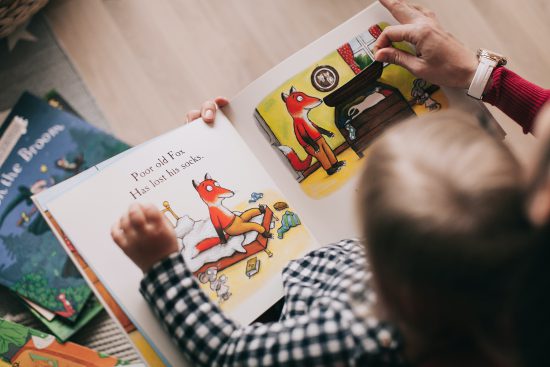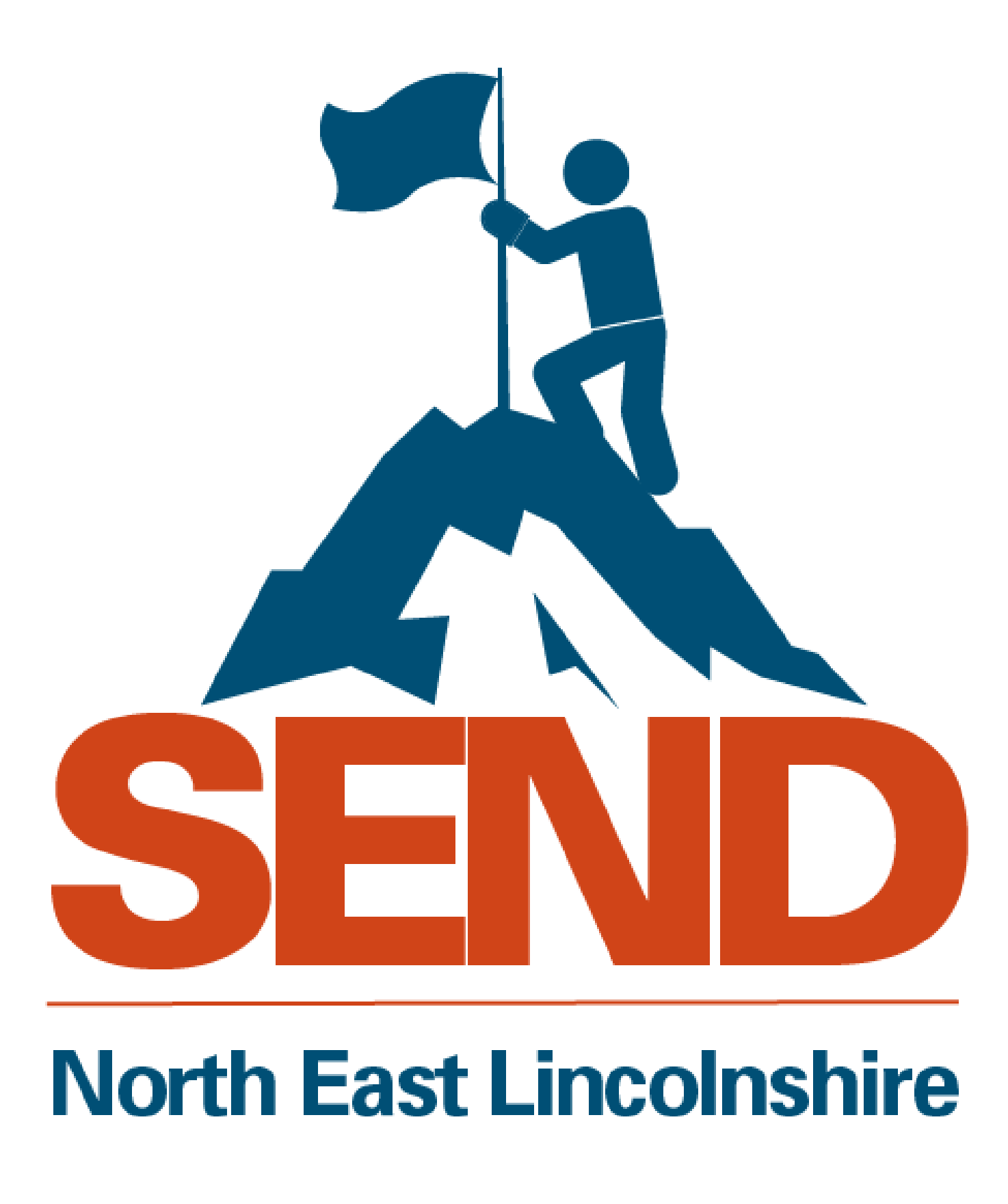
7:00 am, Friday, 8th October 2021
Dyslexia Awareness Week. Sight word games
This week is Dyslexia Awareness Week.
Enjoy four days of ‘Top tips’ to help parents and carers support their child with dyslexia.
Enjoy today’s top tips to use sight word games.
Sight words are commonly used words that children are encouraged to memorise by sight, so that they instantly recognise them in a text without having to take the time to sound them out. That’s especially helpful for the many sight words that don’t follow normal phonetic rules and can’t be sounded out – these words are called common exception words.
When children can read sight words quickly, they are more fluent readers and can better comprehend a text.
Find out which year group list your child is learning sight words (or common exception words) from, as it could be from a lower year group than the one they are in. Your child’s class teacher may give you some flashcards to practise with at home.
The best way to learn these words by sight is through fun games. Here are some ideas for games:
Choose 10 words to play with, 5 your child already knows and 5 new ones.
Cut 2 A4 pieces of paper/card into 20 pieces and write one word on each. Write each word twice so you have two sets of words to play games with.
Do not use block capitals, use lower case letters. Some of the games require 2 players.
- Snap: mix up the word cards, deal them out, take turns laying them down, shouting ‘snap’ when a pair is laid down on top. The player who ‘snaps’ wins those cards. The winner is whoever has the most cards at the end of the game.
- Pairs: lay the cards face down, take turns to turn 2 cards; if they match, that player keeps the pair, if they do not match the cards are turned face down again for the next player’s turn. The winner is whoever has the most pairs at the end of the game. Always ask the child to read the two words.
- Hidden words: lay one of each card out face up, player 1 close your eyes, player 2 removes one word, player 1 opens their eyes and aims to say the missing word. If successful they get a counter/1p coin. The winner is whoever has the most counters at the end of the game.
- Track games: Put numbers 1, 2, 3 or 4 on the top right of each card and put the cards face down. Use a track game such as snakes and ladders but rather than using a dice, the players have to take turns to pick up and read the word to move the number of places written in the top right of the word card.
- Connect 4: Put the words in a pile – to be able to put a counter down, the player must first pick a card and read it.
- Lotto: Draw a grid of 6 on two pieces of paper/card/whiteboards, and write some of the sight words, 1 into each box. Each player gets a grid card. Put word cards in a central pile face down and players take turns to turn to pick up and read a card. If the player has it on their grid they place on the matching word, if not, they put the card on the bottom of the pile. The winner is the first to fill their grid.
- Bingo: Draw a grid of 6 on two pieces of paper/card/whiteboards to make bingo boards and write some of the sight words, 1 into each box. Each player gets a bingo card. The bingo caller calls out a word, if the player has the word on their board, they cover it with a counter. The winner is the first to cover all their words.
- How many in a minute? Use the 20 cards. How many words can you read in one minute? Make a note of the time, and try to beat your score.
- Slide to read: Take in turns to choose a card. The adult uses a piece of card to cover the card and then slowly reveal the word. First player to read the word, wins the card.
- Roll the Dice: Take turns to roll the dice and choose the corresponding number of flashcards to read. The player who has collected the most cards in 1 minute wins.
- Word Hunt: Stick cards around the room and call out a word.
Player(s) have to find the word and read it.
Helicopters: Lay 4 of the cards out on a table, hover your fingers above all the cards and say one of the words. The other player has to touch the card before you do.
Jump to read: Place the cards on the floor. Call out a word and player(s) jump on the word, read it and collect the card.
Sit on it: Place the cards on chairs/floor. Call out a word and player finds the word and sits on it to win the card.
Memorise: Lay 3 cards down, child looks and reads the words, looks away and the adult removes one. Child looks again and remembers which one is missing.
